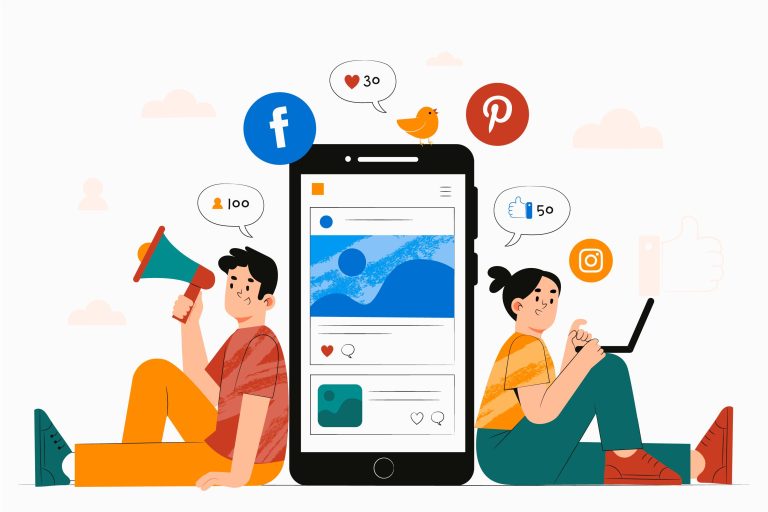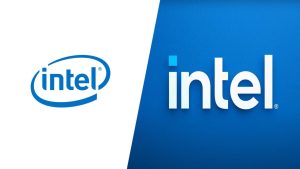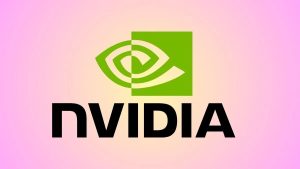In today’s digital age, online advertising has become the backbone of successful marketing strategies. Whether you’re a small business owner or a marketing guru, understanding online advertising services can elevate your brand to new heights. But what exactly are these services, and how can they benefit you? Let’s dive in and explore.
Understanding Online Advertising
What is Online Advertising?
Online advertising, also known as digital advertising, refers to promoting products or services through the internet. It encompasses various forms, including banner ads, social media posts, and search engine ads. The goal is to reach a targeted audience, increase brand awareness, and drive sales.
History of Online Advertising

The journey of online advertising began in the early 1990s with simple banner ads. Over the decades, it has evolved into a sophisticated industry, incorporating advanced technologies like artificial intelligence and data analytics. From the first clickable ad in 1994 to today’s interactive and personalized ads, the evolution has been remarkable.
Types of Online Advertising Services
Pay-Per-Click (PPC)
PPC is a popular model where advertisers pay a fee each time their ad is clicked. It’s an effective way to drive traffic to your website and is commonly used on platforms like Google Ads and Bing Ads.
Social Media Advertising
Leveraging platforms like Facebook, Instagram, Twitter, and LinkedIn, social media advertising helps you reach a broad audience. With targeted ads, you can connect with potential customers based on their interests, demographics, and online behavior.
Search Engine Optimization (SEO)
SEO involves optimizing your website to rank higher on search engine results pages (SERPs). By using relevant keywords and creating quality content, you can increase organic traffic to your site.
Content Marketing
Content marketing focuses on creating and distributing valuable content to attract and engage your audience. This includes blogs, videos, infographics, and more. It’s a long-term strategy that builds trust and authority.
Email Marketing
Email marketing involves sending targeted messages to your audience’s inboxes. It’s a cost-effective way to nurture leads, promote products, and maintain customer relationships.
Affiliate Marketing
In affiliate marketing, you partner with other businesses or influencers to promote your products. Affiliates earn a commission for every sale made through their referral link, creating a win-win situation.
Influencer Marketing
Influencer marketing leverages individuals with a large following to promote your brand. It’s particularly effective on platforms like Instagram and YouTube, where influencers can sway their audience’s purchasing decisions.
Display Advertising
Display advertising uses visually appealing banners, images, or videos to attract attention. These ads appear on websites, apps, and social media, helping to increase brand visibility.
Benefits of Online Advertising
Targeted Reach
One of the biggest advantages of online advertising is the ability to target specific audiences. Whether it’s by age, location, interests, or behavior, you can tailor your ads to reach the right people at the right time.
Cost-Effectiveness
Compared to traditional advertising, online advertising is often more affordable. With options like PPC, you only pay when someone interacts with your ad, ensuring your budget is well-spent.
Measurable Results
Online advertising provides detailed analytics, allowing you to track the performance of your campaigns. Metrics like click-through rates (CTR), conversion rates, and return on investment (ROI) help you measure success and make data-driven decisions.
Enhanced Engagement
Interactive ads, videos, and social media posts encourage audience engagement. This interaction can lead to higher brand loyalty and increased sales.
How to Choose the Right Online Advertising Service
Identifying Your Goals
Before diving into online advertising, it’s crucial to define your goals. Are you looking to increase brand awareness, drive traffic, generate leads, or boost sales? Clear objectives will guide your strategy.
Understanding Your Audience
Knowing your audience is key to successful advertising. Conduct market research to understand their preferences, behaviors, and pain points. This information will help you create targeted ads that resonate with them.
Budget Considerations
Your budget will influence the types of advertising services you can afford. Determine how much you’re willing to spend and allocate your budget across different channels to maximize your reach and impact.
Analyzing Different Platforms
Each advertising platform has its strengths and weaknesses. Analyze which platforms your audience frequents and which align with your goals. For instance, B2B companies may benefit more from LinkedIn ads, while B2C companies might find success on Instagram or Facebook.
Steps to Implement an Online Advertising Campaign
Planning and Strategy
Start with a solid plan. Outline your goals, target audience, budget, and the platforms you’ll use. Develop a timeline and key performance indicators (KPIs) to track progress.
Creating Quality Content
Content is king in online advertising. Create compelling ads, blog posts, videos, and social media content that resonate with your audience. High-quality content will attract and engage potential customers.
Setting Up the Campaign
Once your content is ready, set up your ad campaigns on the chosen platforms. Define your target audience, set your budget, and choose the ad format that best suits your goals.
Monitoring and Optimization
Regularly monitor your campaigns to track performance. Use analytics tools to gather data and identify areas for improvement. Optimize your campaigns by adjusting targeting, tweaking ad copy, or reallocating budget as needed.
Challenges in Online Advertising
Ad Blockers
Ad blockers are software that prevents ads from being displayed. While they enhance user experience, they pose a challenge for advertisers. To combat this, focus on creating non-intrusive, high-quality ads that add value to the viewer.
Competition
The online advertising space is highly competitive. Standing out requires creativity, strategic planning, and staying up-to-date with the latest trends.
Keeping Up with Trends
Digital marketing trends evolve rapidly. To stay ahead, continually educate yourself about new technologies, platforms, and best practices.
Measuring ROI
Measuring the return on investment for online advertising can be complex. Use advanced analytics tools to track your campaigns and calculate ROI accurately.
Future of Online Advertising
Artificial Intelligence
AI is revolutionizing online advertising by automating tasks, analyzing data, and delivering personalized ads. AI-powered tools can help you optimize your campaigns and achieve better results.
Augmented Reality
AR ads provide an interactive experience, allowing users to visualize products in their environment. This innovative approach can enhance engagement and drive sales.
Personalized Ads
Personalization is key to capturing your audience’s attention. By leveraging data, you can create ads that are tailored to individual preferences and behaviors.
Data Privacy Concerns
As data privacy regulations tighten, advertisers must prioritize user consent and data protection. Building trust with your audience through transparent practices is essential.
Conclusion
Online advertising is a powerful tool for businesses of all sizes. By understanding the different types of services, their benefits, and how to implement them effectively, you can create successful campaigns that drive results. Stay informed about the latest trends and continuously optimize your strategies to stay ahead in this dynamic industry.
FAQs
What is the best type of online advertising for small businesses?
It depends on your goals and audience. Social media advertising and PPC are generally effective for small businesses due to their targeted reach and cost-effectiveness.
How can I measure the success of my online advertising campaign?
Use analytics tools to track metrics like click-through rates, conversion rates, and ROI. These insights will help you assess your campaign’s performance and make necessary adjustments.
Are there any risks associated with online advertising?
Yes, risks include ad fraud, data privacy concerns, and ad fatigue. Mitigate these risks by using reliable platforms, adhering to privacy regulations, and regularly refreshing your ad content.
How often should I update my online advertising strategy?
Regular updates are crucial. Monitor your campaigns continuously and adjust your strategy based on performance data, industry trends, and changes in your audience’s behavior.
What are some cost-effective online advertising options?
Email marketing, social media advertising, and content marketing are generally cost-effective. They offer targeted reach and measurable results without requiring a large budget.




